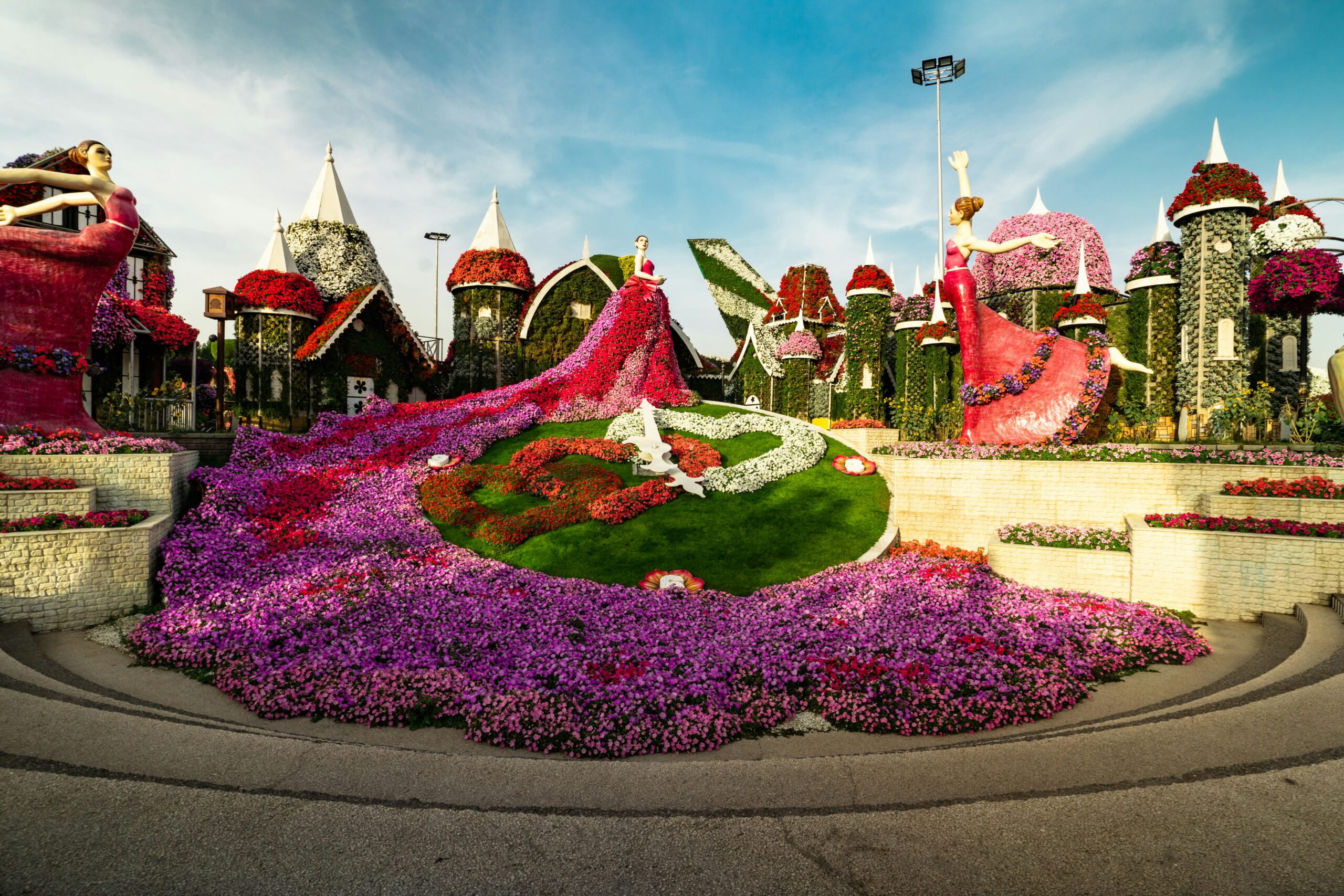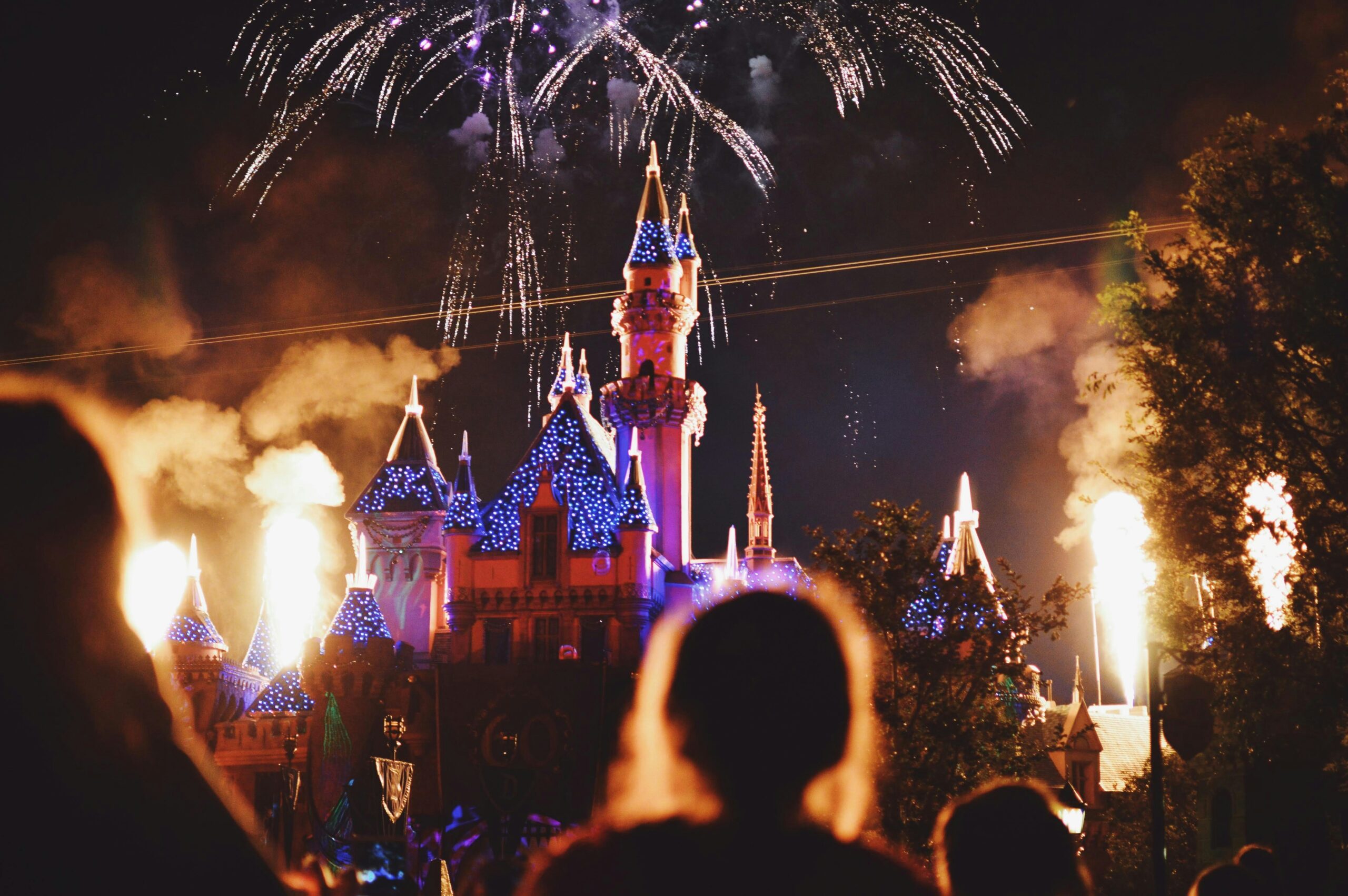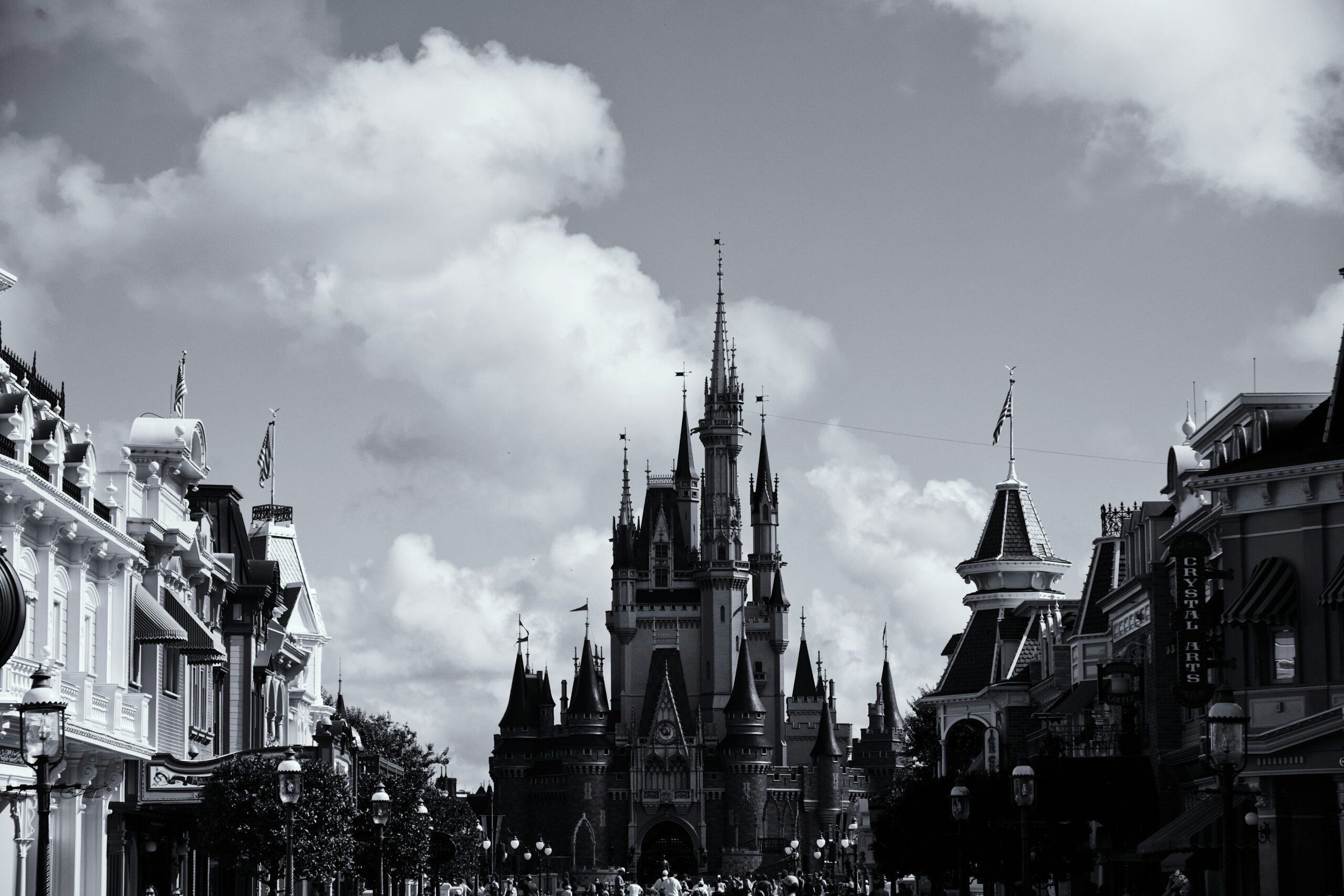When you walk through the gates of any Disney park, there’s an unmistakable feeling in the air—a blend of wonder, nostalgia, and a bit of childhood magic rekindled. It’s easy to get lost in the rides, parades, and characters, but have you ever paused to consider the incredible vision that brought these parks to life in the first place? Walt Disney wasn’t just creating amusement parks; he was crafting immersive worlds that would inspire imagination, education, and joy for generations.
Disney World, often referred to as the “Magic Kingdom,” is the crown jewel of Walt’s dream, but its roots reach back to Walt Disney’s original ideas and concepts. His vision was revolutionary for the time, blending storytelling, technology, and a deep understanding of human experience. In this article, we’re diving into the fascinating facts and stories behind Walt Disney’s vision for the parks, focusing especially on Disney World, to better understand how these timeless spaces came to be and continue to evolve today.
The Birth of a Dream: Walt’s Early Ideas for a Theme Park
Walt Disney’s vision for a theme park was unlike anything that existed before the 1950s. Rather than simply creating typical carnival rides or thrill attractions, Walt wanted to build a place where families could enjoy quality time together in a clean, safe environment enriched with storytelling and innovation. The idea was sparked by his own experiences taking his daughters to amusement parks, which he felt were often chaotic and not particularly family-friendly.
He envisioned a “town square” where visitors could step into different realms—be it fairy tales, futuristic cities, or exotic adventure lands—and temporarily escape the everyday world. Importantly, Walt wanted the parks to be places of wholesome entertainment that adults and children could both enjoy. This was a key departure from the amusement parks of the era.
The success of Disneyland in California, which opened in 1955, was a proof of concept for Walt’s dream. Its success fueled his ambition to create an even grander, more immersive experience in Florida. This park would eventually become Walt Disney World, a sprawling kingdom of imagination covering nearly 25,000 acres.
Magic Kingdom: The Heart of Walt’s Vision
Magic Kingdom was the first park to open at Walt Disney World in 1971, four years after Walt’s death. Its design reflects many of Walt’s original principles: a central hub with themed “lands” radiating outward, allowing guests to explore different stories and worlds in an organized, immersive way. This layout was inspired by the concept of a “community” or “town,” where the hub acted like a main street connecting everything.
Walt’s insistence on attention to detail is evident in Magic Kingdom’s architecture, landscaping, and even sound design. For example, no trash cans were allowed to be taller than a certain height to maintain sightlines, and background music was carefully curated to enhance the experience in each land. These subtle elements all contribute to the sense that you’re inside a living storybook.
One of Walt’s key stories about the design of Magic Kingdom involves Cinderella Castle, the park’s iconic centerpiece. He intended it as more than just a pretty landmark; it was to be a beacon of hope and wonder. The castle serves as a visual anchor, drawing guests’ eyes and imaginations, and it also houses attractions that transport visitors even deeper into the world of fairy tales.
Tomorrowland: Walt’s Glimpse Into the Future

Tomorrowland is perhaps the most direct expression of Walt Disney’s optimistic vision for the future. Walt deeply believed in progress and innovation, and Tomorrowland embodied those ideals by showcasing futuristic technologies and ideas. When Disneyland opened, Tomorrowland featured attractions like the PeopleMover and the Carousel of Progress, which not only entertained but also educated guests about what the future might hold.
Walt famously said, “Tomorrow can be a wonderful age. Our scientists today are opening the door of the Space Age to achievements that will benefit our children and generations to come.” This spirit is alive in Disney World’s Tomorrowland, which continues evolving with rides and experiences that reflect cutting-edge technology and imagination.
There’s a captivating story about Walt’s collaboration with NASA and other scientific communities during the park’s development. Walt wanted Tomorrowland to have a real connection to the scientific advancements of the time, and many of the concepts shown in the park were inspired by actual space exploration efforts during the 1960s. This connection made the park feel relevant and educational, as well as fun.
Experimental Prototype Community of Tomorrow (EPCOT): Walt’s Boldest Dream
If Disneyland and Magic Kingdom showcased storybook fantasy and idealized community, EPCOT was Walt’s most ambitious and forward-looking concept. Originally standing for “Experimental Prototype Community of Tomorrow,” EPCOT was designed to be a living, working city that embodied innovation and urban planning. This vision was remarkably ahead of its time, as Walt imagined a city that would constantly evolve, showcase new technologies, and solve urban problems through design.
Sadly, Walt Disney passed away before this concept was fully realized. The EPCOT that opened in 1982 was quite different from Walt’s original plan—it became more of a theme park focused on international culture and technological exhibits rather than a functioning city. Still, many elements of Walt’s vision live on, especially in the ongoing innovation and global storytelling at EPCOT.
Walt’s original EPCOT plan included a city with no private cars—transportation would be handled by monorails and people-movers. Buildings were designed to be modular and flexible, allowing for easy updates. The city would be a testbed for new ideas in energy, transportation, and community living, all designed to improve quality of life.
The Human Element: Walt’s Focus on Guest Experience
One of the lesser-known but incredibly important aspects of Walt’s vision was his deep focus on the guest experience. Walt believed that every detail mattered—from the cleanliness of the parks to the friendliness of the cast members (Disney employees). He created a culture of excellence that prioritized the visitor’s emotional journey through the parks.
An often-told story illustrates this point: Walt personally reviewed the park’s design and operations, walking through every attraction and even testing out rides multiple times. He was famously concerned about things that many might overlook, like the flow of foot traffic to avoid crowding and the scent in certain areas to evoke specific moods.
His emphasis on storytelling extended to the cast members as well. Walt called them “hosts,” and they were trained to immerse themselves in their roles, enhancing the immersive feeling for guests. This attention to “show” in every aspect helped Disney parks become a benchmark for service and entertainment worldwide.
Legacy and Evolution: How Walt’s Vision Guides Disney World Today
Even decades after Walt Disney’s passing, his vision remains a living force within Disney World. The parks continue to evolve, incorporating new technologies, storytelling techniques, and guest experiences, but always with an eye toward Walt’s core principles of imagination, innovation, and family-friendly fun.
Recent expansions like Star Wars: Galaxy’s Edge and the addition of new rides using cutting-edge technology are modern manifestations of Walt’s dream to push the boundaries of what is possible in themed entertainment. Meanwhile, Disney’s commitment









Comments (0)